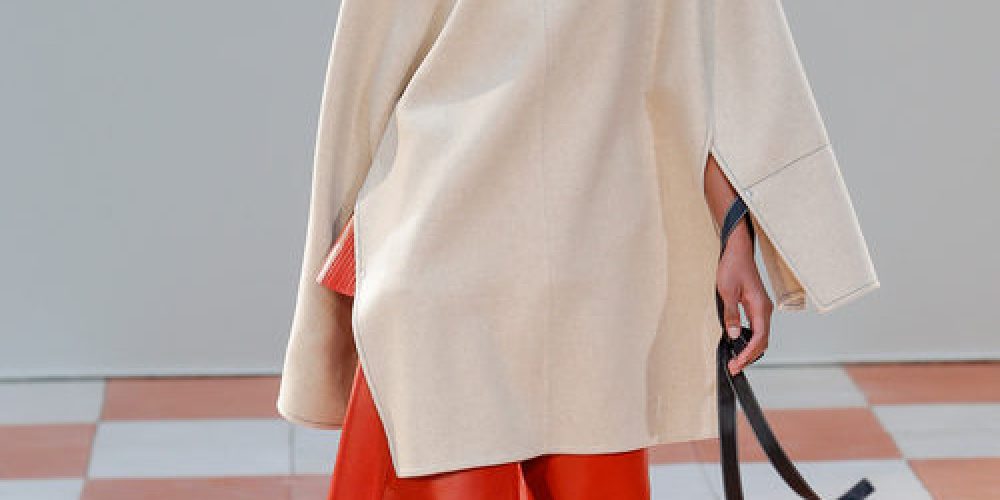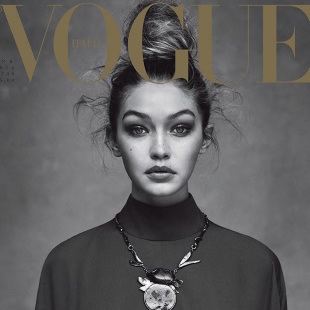In a fabulous article for Style.com, Janelle Okwodu recounts a brief history of black hair in the modelling industry and why the new wave of natural-haired models is so refreshing.
Here are our highlights:
Relaxed hair, often enhanced with extensions, has become the norm, and the majority of models from supers like Naomi Campbell and Joan Smalls onward wear some variation of the look. “It’s very unusual to see a girl with a natural Afro texture these days,” says Redken creative director and the hairstylist behind Prada and Céline, Guido Palau. “Most girls have their hair relaxed or a lot of hair extensions or it has to be blown out to ‘fit in’ with the look of the other girls.”
The popularity of weaves and straightened styles is a fraught issue, with complex sociopolitical implications […]. For a model, however, the choice between natural and relaxed often has a lot to do with image. Agencies frequently give new models makeovers, shaping diamonds in the rough with career-altering haircuts. “I always brushed my hair in a ponytail,” says Montero. “The president of my mother agency, Sandro Guzman, told me that he wanted to cut it and do a natural Afro. When I saw it in the mirror, I loved it. This was all done before the final night of the Ossygeno Models Competition, where I ended up being one of the winners.”
For Montero, the switch to a short ’fro has resulted in choice bookings and an elevated profile, but fashion’s acceptance of natural hair has been a long time coming. “[…] Hair extensions weren’t about wanting to look white, they were about wanting to stay in the game,” says activist and Diversity Coalition founder Bethann Hardison. “The extensions really started in the ’90s. There were a lot of girls whose hair was damaged because the hairstylists didn’t have the training to understand black hair. As a model, you’re asked to switch your look back and forth and deal with chemicals or heat that do a number on your hair. Back then, if they couldn’t figure out how to style a girl’s hair properly, it was the model who was considered difficult, not the hairstylist.”






